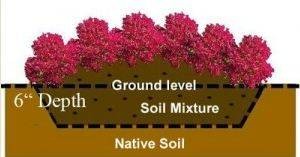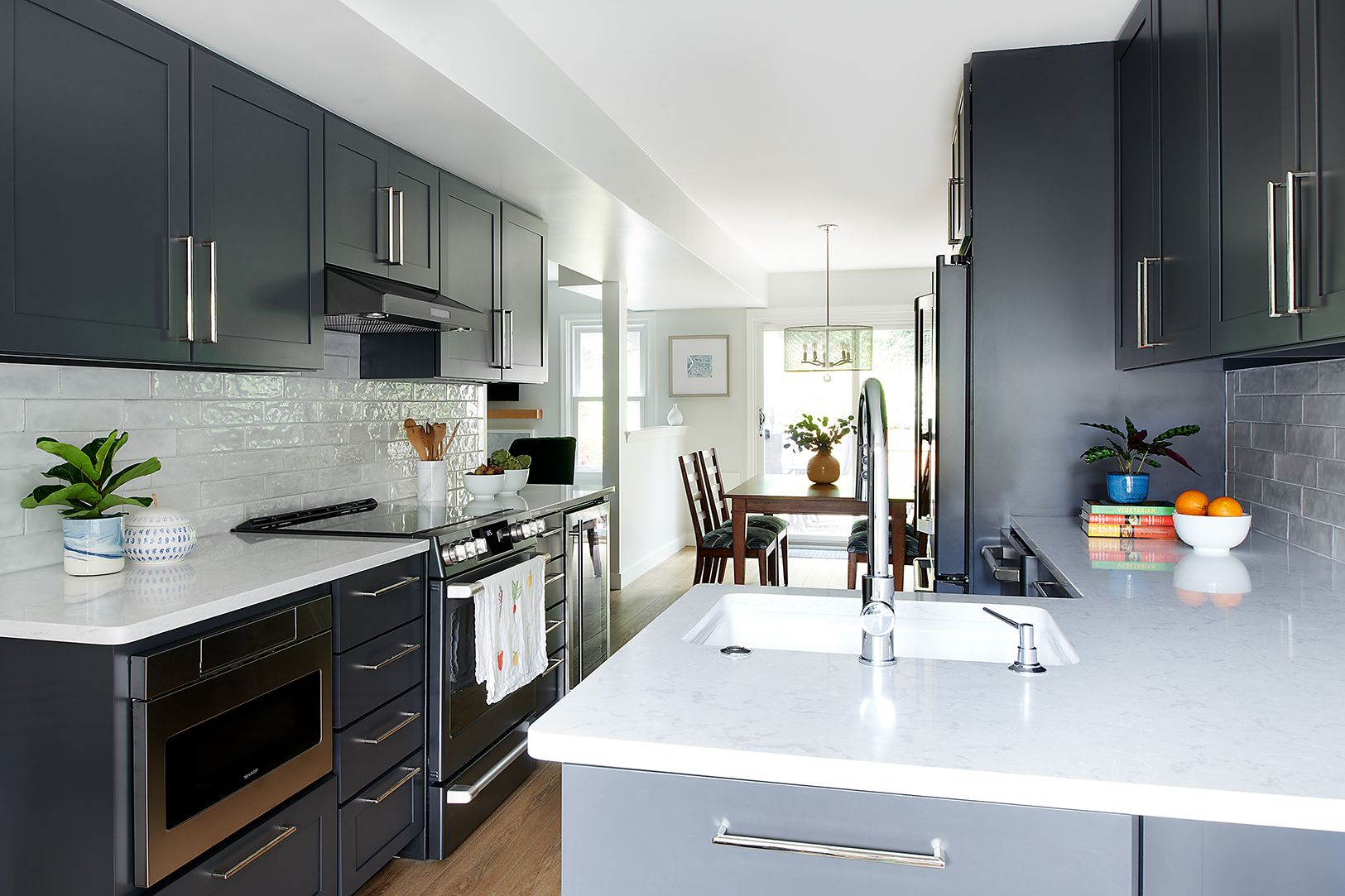If the plants you want in your flower bed or vegetable garden require good water drainage, it can be frustrating having a yard that just won’t cooperate. Some plants can handle excess water that comes from poor drainage; in fact, it might cause them to bloom more lushly. However, other plants don’t cope as well, and it will cause them to die a gruesome, bloated death.
There is a simple process to finding out how well your yard drains (or retains) water. Dig a hole approximately ten inches deep and then fill it with water. Come back to the hole the next day (when all the water has disappeared), and fill it back up again. If the water in the hole isn’t gone within 10 hours, your soil has a low saturation point. This means that when water soaks into it, it will stick around for a long time before dissipating. A low-saturating yard makes it difficult for most plants to thrive. The only way you are going have a healthy garden under these conditions is to remedy the situation before planting.

How do you do this? By creating a raised flower bed.
Building a raised bed is fairly easy to do. It involves creating a border for a small bed, and adding enough soil and compost to it to raise it above the rest of the yard by at least 5 inches. (You’ll be amazed at how much your water drainage will be improved by this small modification.)
If you want to position a raised garden in a non-grassy area, you won’t have as many steps. Start with building a bed out of 2×4s. After you’ve created the bed, simply add soil and fertilizer (such as manure).
If you want your raised garden where a grassy area already exists, you’ll need to first begin by cutting out the sod around the perimeter of the garden and turning it over. Once this is complete, add a layer of straw to discourage the grass from growing back. From there, build your bed, add the soil (and manure) that a normal garden would need.
Planting your plants in your new area shouldn’t pose much difficulty; it is essentially the same process as any other planting. Just be sure to build your bed high enough that the roots don’t extent too far into the original ground. The whole point of creating the raised bed is to keep the roots out of the soil that holds lots of water.
Once you have plants in your new bed, you should notice an improvement almost immediately. The added soil facilitates better root development, while evaporation is prevented and decomposition is discouraged. All of these things together make for an ideal environment for almost any plant to grow.

